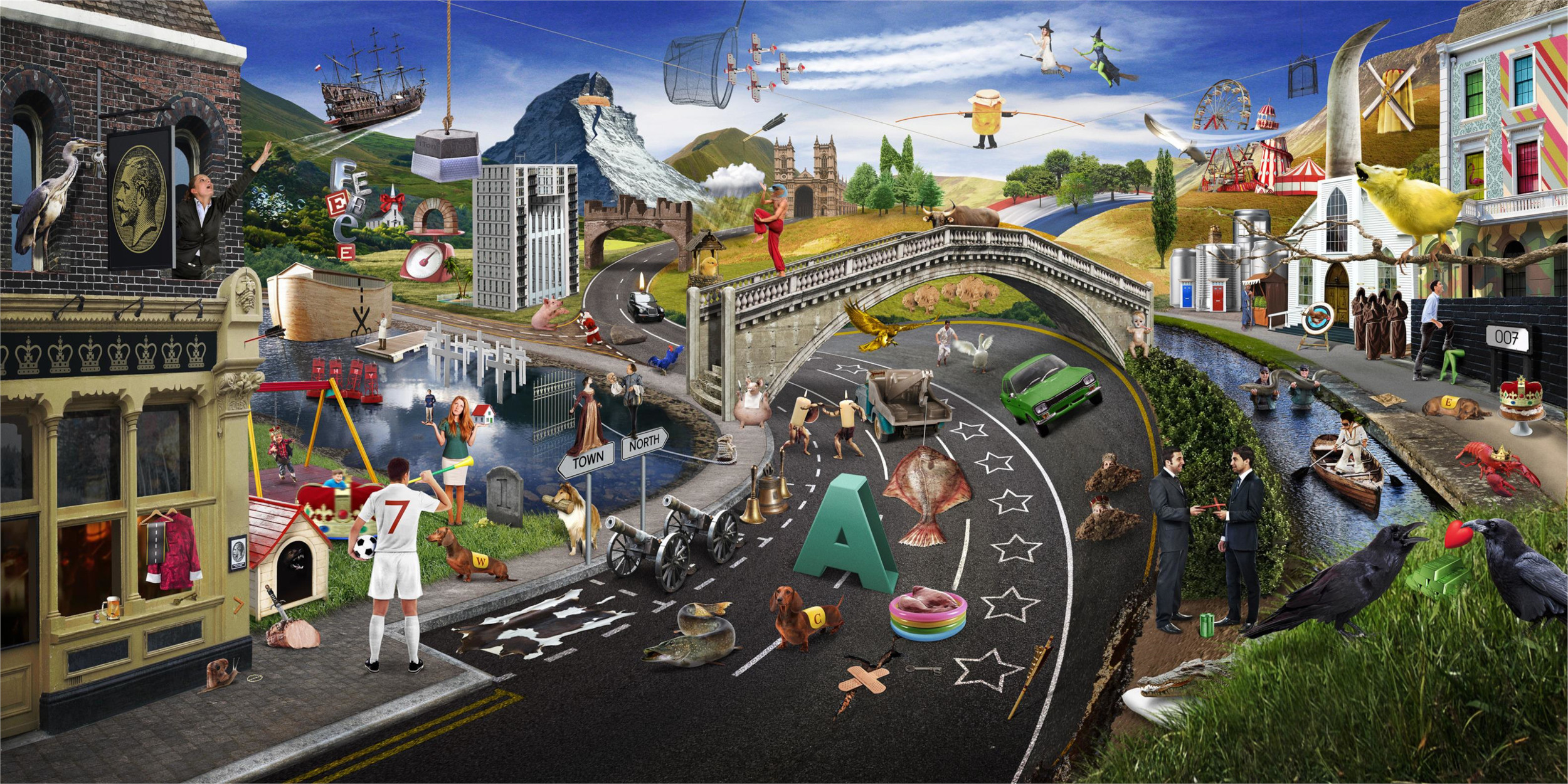As children, many of us learn about the wondrous process by which a caterpillar morphs into a butterfly. The story usually begins with a very hungry caterpillar hatching from an egg. The caterpillar, or what is more scientifically termed a larva, stuffs itself with leaves, growing plumper and longer through a series of molts in which it sheds its skin. One day, the caterpillar stops eating, hangs upside down from a twig or leaf and spins itself a silky cocoon or molts into a shiny chrysalis. Within its protective casing, the caterpillar radically transforms its body, eventually emerging as a butterfly or moth. But what does that radical transformation entail? How does a caterpillar rearrange itself into a butterfly? What happens inside a chrysalis or cocoon?
The Metamorphosis Process
First, the caterpillar digests itself, releasing enzymes to dissolve all of its tissues. If you were to cut open a cocoon or chrysalis at just the right time, caterpillar soup would ooze out. But the contents of the pupa are not entirely an amorphous mess. Certain highly organized groups of cells known as imaginal discs survive the digestive process. It turns out that way back before it even hatched, when a caterpillar was still developing inside its egg, it grew imaginal discs for each of the adult body parts it will need as a mature butterfly. For example moth—discs for its eyes, for its wings, its legs and so on. In some species, these imaginal discs remain dormant throughout the caterpillar’s life; in other species, the discs begin to take the shape of adult body parts even before the caterpillar forms a chrysalis or cocoon. Some caterpillars walk around with tiny rudimentary wings tucked inside their bodies, though you would never know it by looking at them.
Once a caterpillar has disintegrated all of its tissues except for the imaginal discs, those discs use the protein-rich soup all around them to fuel the rapid cell division required to form the wings, antennae, legs, eyes, genitals and all the other features of an adult butterfly or moth. The imaginal disc for a fruit fly’s wing, for example, might begin with only 50 cells and increase to more than 50,000 cells by the end of metamorphosis. Depending on the species, certain caterpillar muscles and sections of the nervous system are largely preserved in the adult butterfly. One study even suggests that moths remember what they learned in later stages of their lives as caterpillars.
Getting a look at this metamorphosis as it happens is difficult; disturbing a caterpillar inside its cocoon or chrysalis risks botching the transformation. But Michael Cook, who maintains a fantastic website about silkworms, has some incredible photos of a Tussah silkmoth (Antheraea penyi) that failed to spin a cocoon. You can see the delicate, translucent jade wings, antennae and legs of a pupa that has not yet matured into an adult moth—a glimpse of what usually remains concealed.







You must be logged in to post a comment.